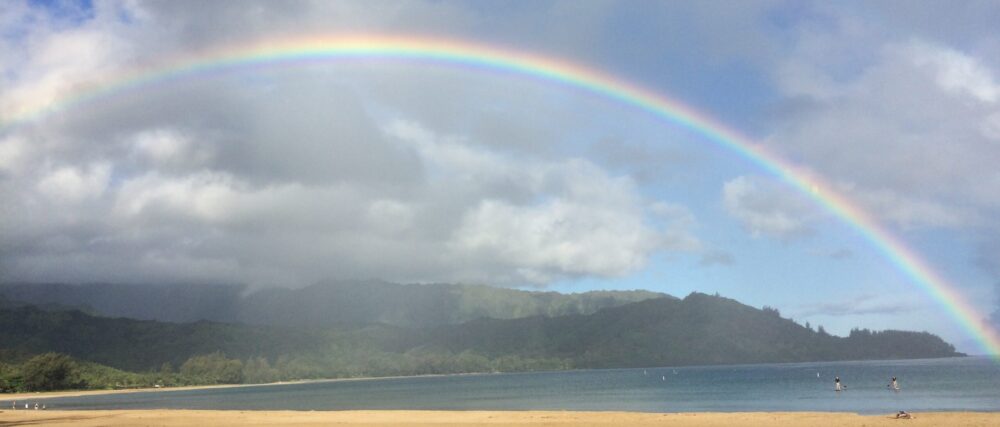By Louie Ferrera
On the cusp of winter solstice a cold winter light filters through the mostly bare branches of our fruit trees, the golden glow of autumn has all but faded away. Out here on our deck just before sunrise everything is coated in a thin dusting of frost. I can slide across the new redwood boards like a skater. This is as close as we ever come to snow, these Jack Frost mornings. The western sky is slowly turning blue, the east is aglow with the light of the rising sun, the waxing crescent moon looks down on me, a sideways smile. One of these mornings soon, the moon and Venus will meet and do their wintry do-si-do sky dance.
Our fountains are all partially frozen, small icicles, tiny fingers of frozen water, are suspended from the spigots, thin films of ice have formed where the water stream isn’t hitting. My exhalations produce small, white clouds because it’s cold…29 degrees! It’s much too cold for the birds who no doubt are still roosting in the relative warmth of the evergreen cypress trees that form a border with our back fence neighbors. When the sun breaks the horizon, that’s when their day will begin. I walk across the lawn with a crunch, crunch as the soles of my slippers break through the newly formed layer of frost. The remaining leaves on the apple tree are all outlined in white silvery crystals, like snowflakes each one is different. The cold and the frost and this peaceful Sunday morning combine to produce real quiet. The Earth is holding its breath.

Now the sun begins to break through the redwood and eucalyptus trees in our next door neighbor’s yard. For a short time the deck looks like a sauna, the frost turns to sheets of water vapor, rising into the air as it melts. When the sun hits the deck railing, the frost covered wood shimmers with the light of a thousand diamonds, each minute ice crystal picks up its share of sunlight and reflects it back in a dazzling jewel-like display of star sparkle.
This is a fleeting spectacle, gone as soon as the sun gets strong enough to completely melt the frost. Moments like these are precious. Not only do you need to be in the right place at the right time, but more importantly your eyes must be wide open and your heart ready to receive the grace when it’s presented to you. Being an early riser has its benefits, especially on a morning such as this. If you’re not noticing, you’ll miss the miracles, miracles that are occurring all the time, all around us.



